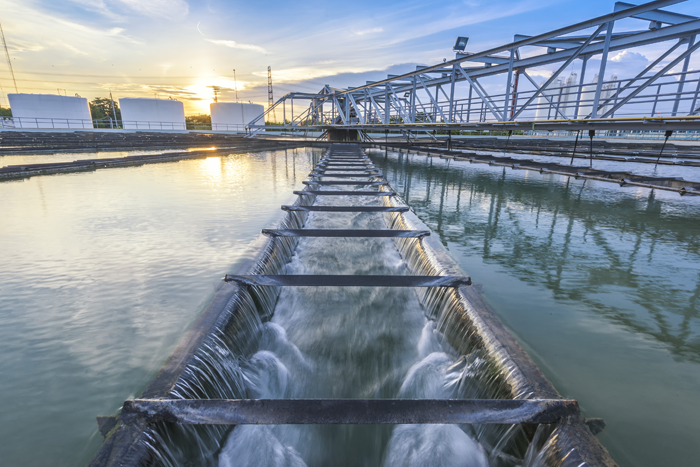Connectivity for Water and Wastewater Applications

Connectivity for Water and Wastewater Applications
With a water and wastewater application of any size, you’re bound to have different protocols to connect, and barriers to communications between equipment. The range of these applications and changing service needs means that a flexible, reliable communications setup is key.
Last month, we discussed the modernization of water and wastewater sites. Today, we’re exploring how to connect disparate or wide-ranging devices in your application – and how you can monitor them from anywhere.
Benefits of reliable connectivity
As water and wastewater service areas and needs expand, robust, wide-ranging connectivity solutions are a must. In addition, equipment that requires monitoring across the application – including pump stations, flow meters, and filtration or sedimentation systems – may use a range of industrial protocols that are incompatible with your control system.
Using wireless, remote access, and industrial protocol converters can be beneficial across your operation:
∙ Real-time visibility: Connect smart RTUs to your PAC; securely and remotely connect your treatment plant’s sedimentation and filtration systems to your MCC
∙ Reduce energy costs: Use data logs from smart energy meters to conserve resources
∙ Decrease downtime and site travel with a remote SCADA solution: Use a managed network to remotely monitor and troubleshoot flow meters and other equipment
∙ Implement Defense-in-Depth security measures to protect your remote equipment
∙ Reduce connectivity costs with reliable wireless radios, which can be seamlessly added to your network as your service area expands
Common water and wastewater communications
Like other industries, water and wastewater applications typically have different protocols across their sites that are used to connect back to an EtherNet/IP™ or Modbus® control system or SCADA.
Other common protocols in water and wastewater applications include HART and DNP3. Both protocols are vendor-neutral.
HART is ideal for operations that need additional diagnostic data from field instruments. This information can help you increase efficiency and decrease downtime – you could diagnose an issue remotely based on the data, or reduce the time you’d spend on-site by being able to pinpoint the source of an issue.
Meanwhile, DNP3 allows you to prioritize event-based data, which is time-stamped and stored locally. This is beneficial in helping you increase data integrity, which is essential for regulatory reporting and predictive maintenance.
Apart from protocol conversion, cellular and wireless solutions can help you monitor wide-ranging water and wastewater applications – and easily connect new sites.
Cellular gateways can be used in conjunction with a remote connectivity platform, allowing you to monitor and troubleshoot sites from wherever you are. These can quickly be added as new sites arise, making them a scalable option for growing applications.
Industrial wireless radios are also a scalable solution. You can connect a master radio and access points throughout your site to ensure real-time communications. Opting for wireless solutions also helps you reduce downtime and maintenance costs.

